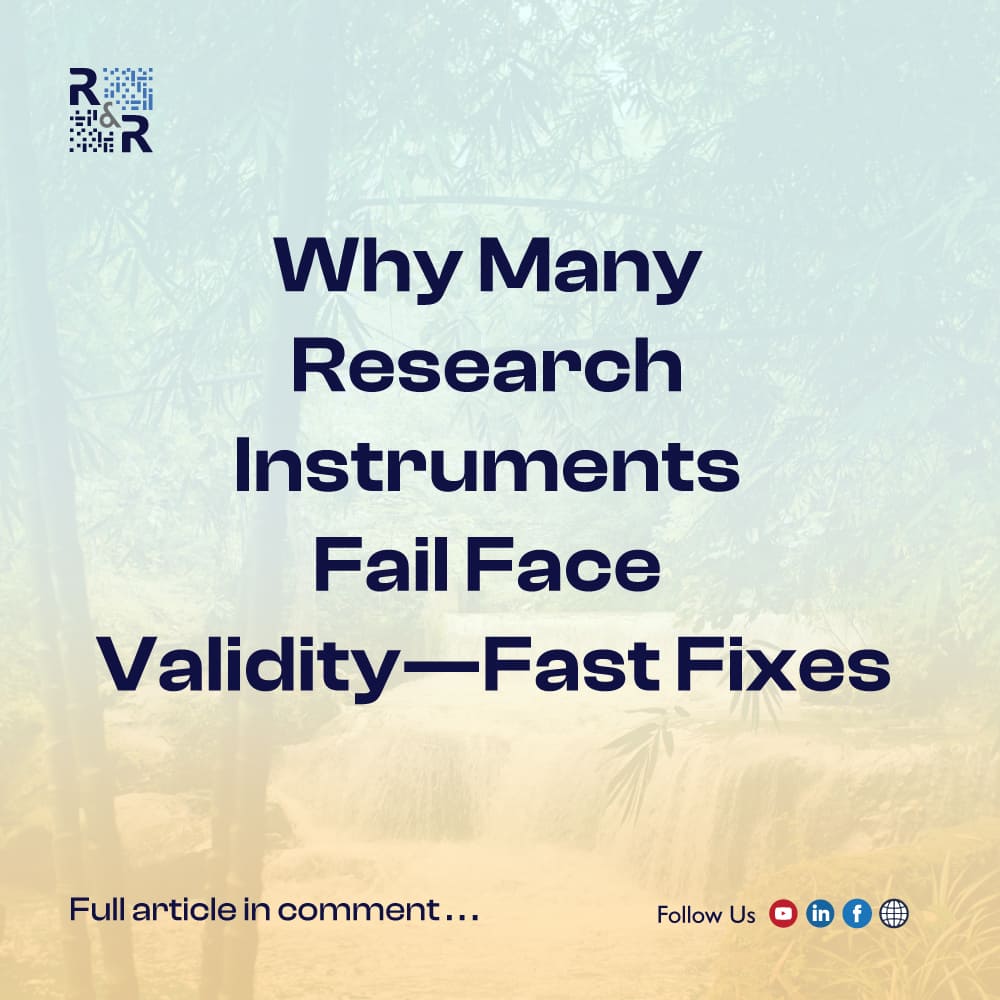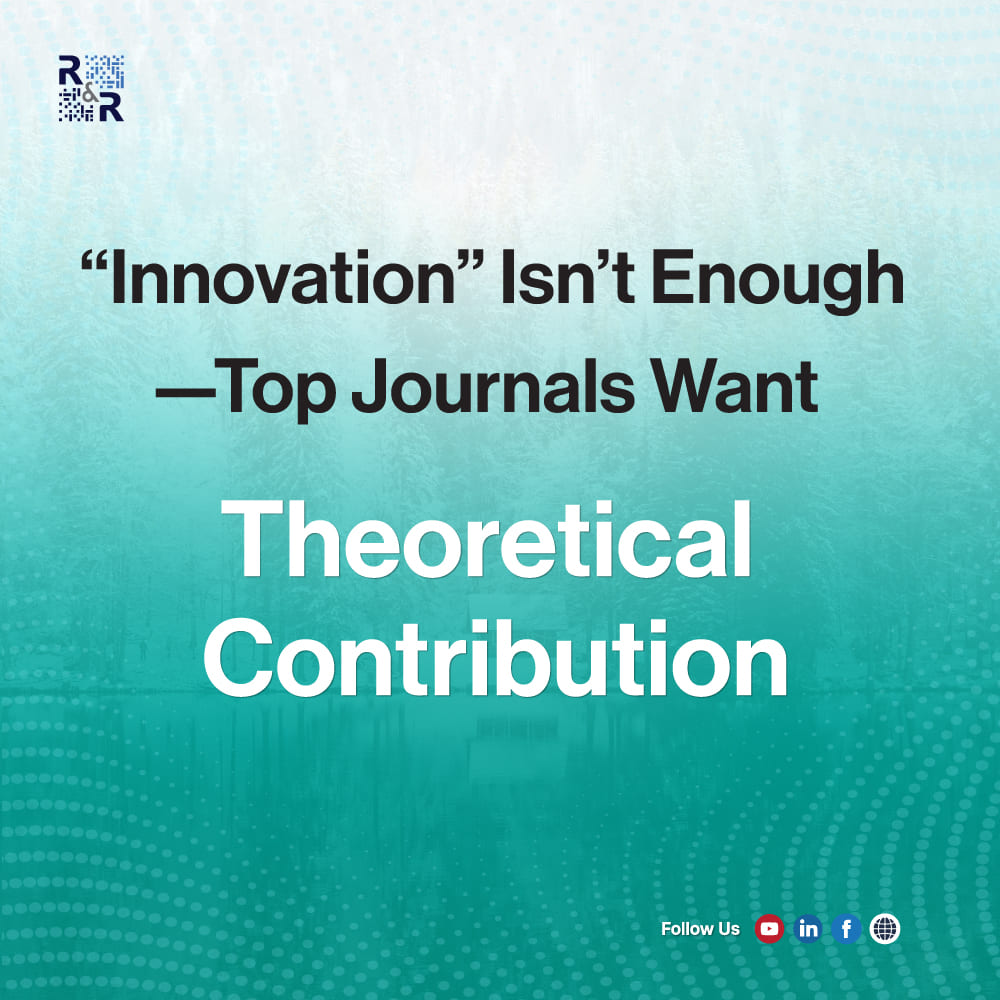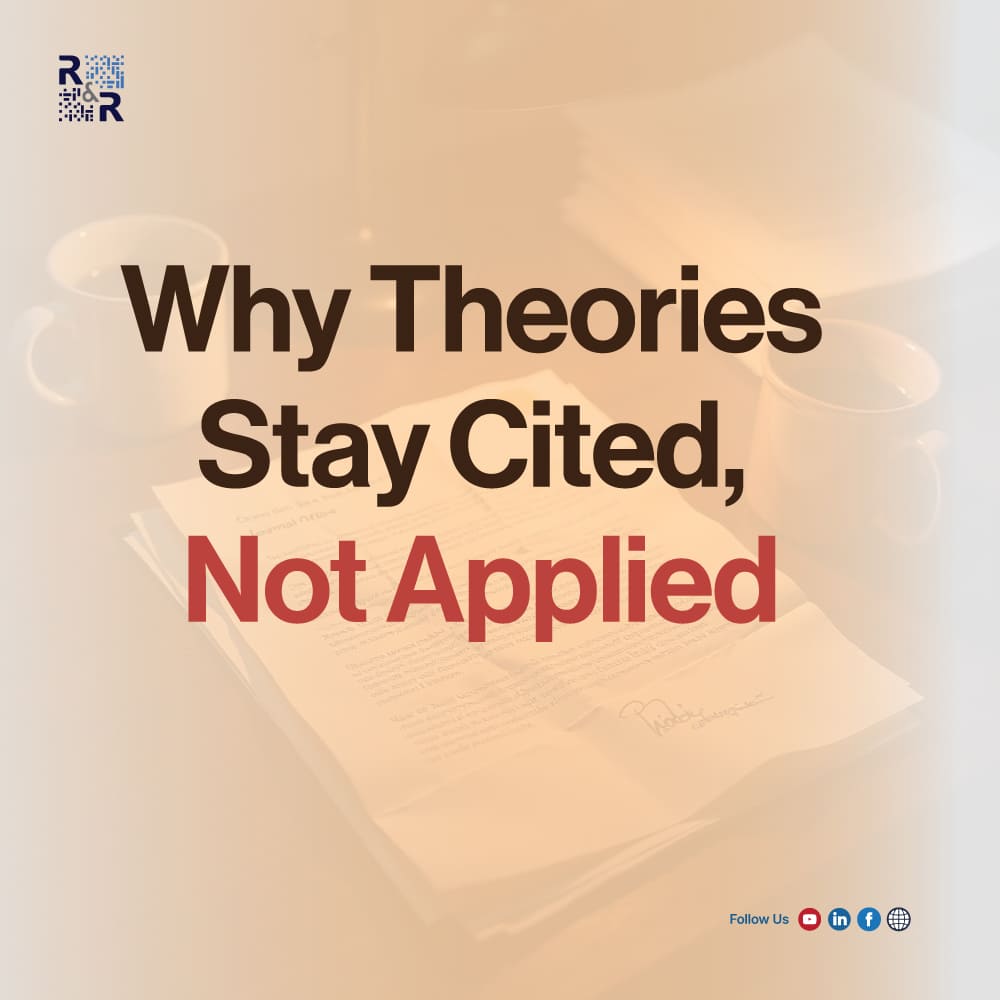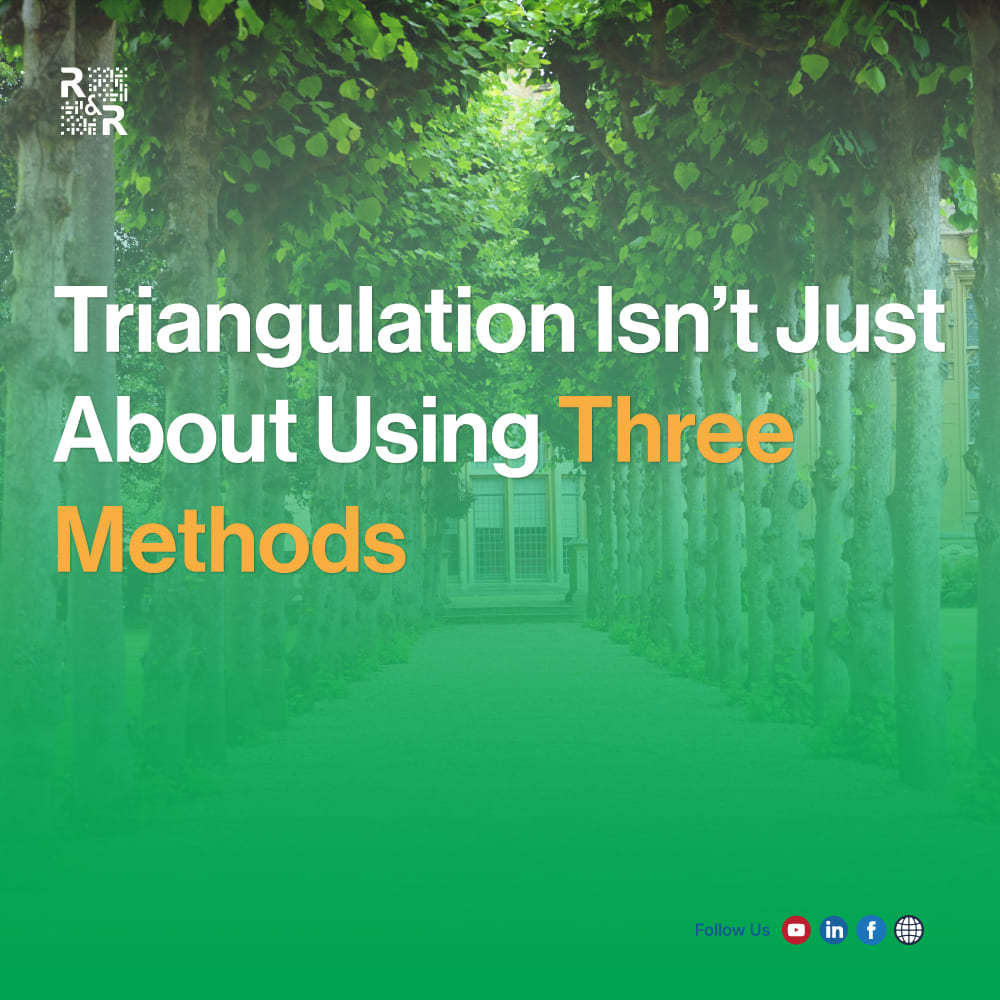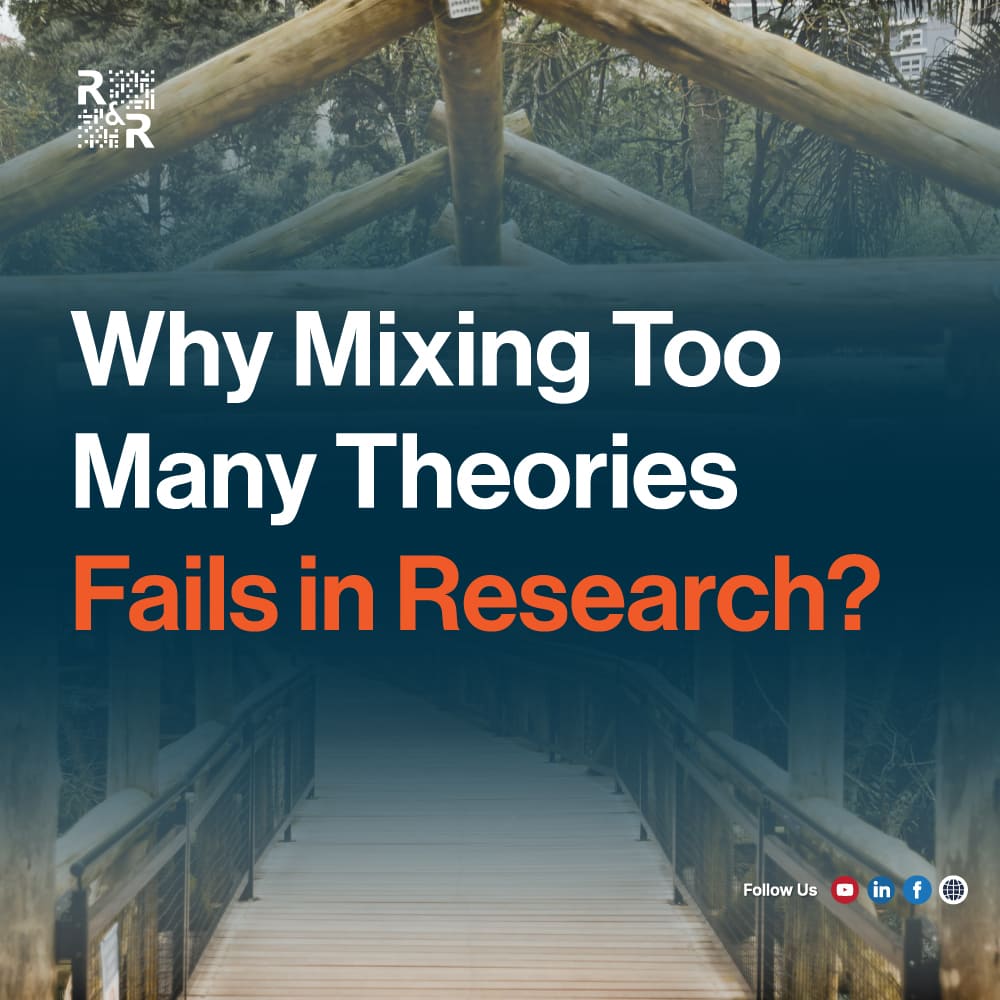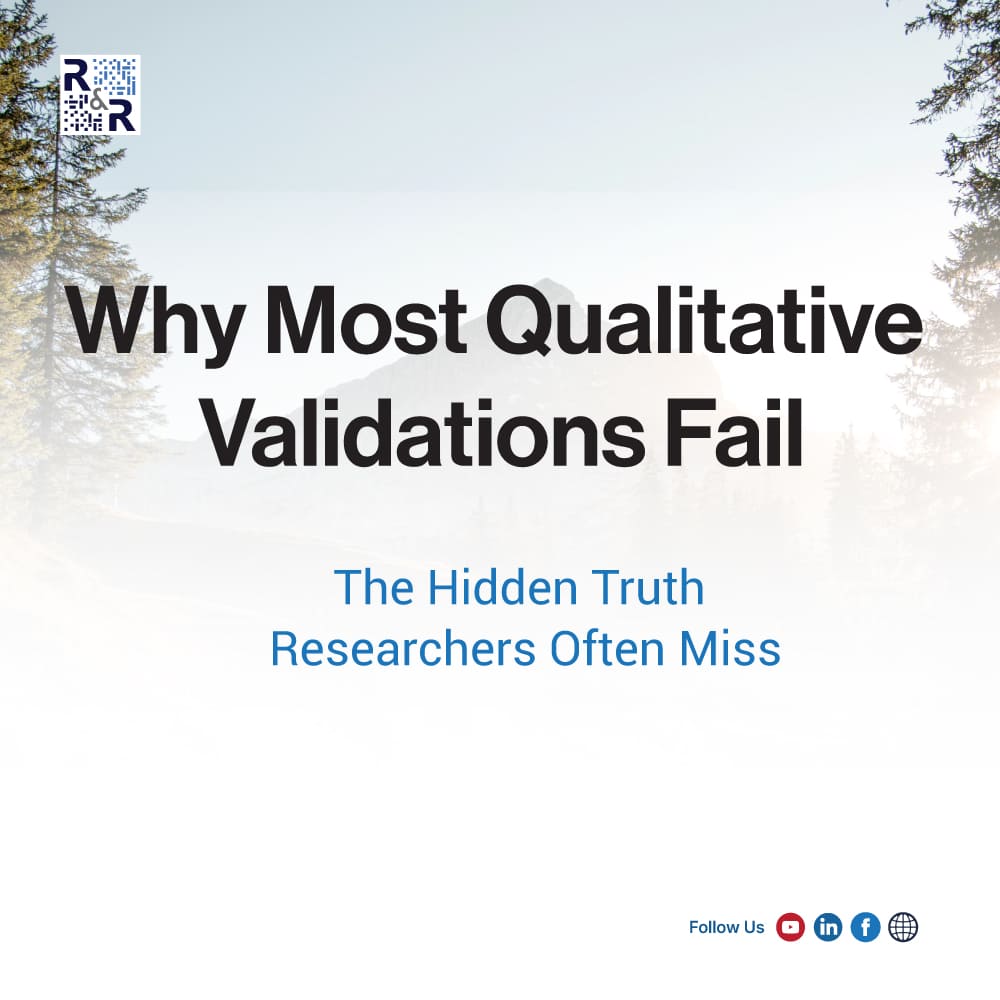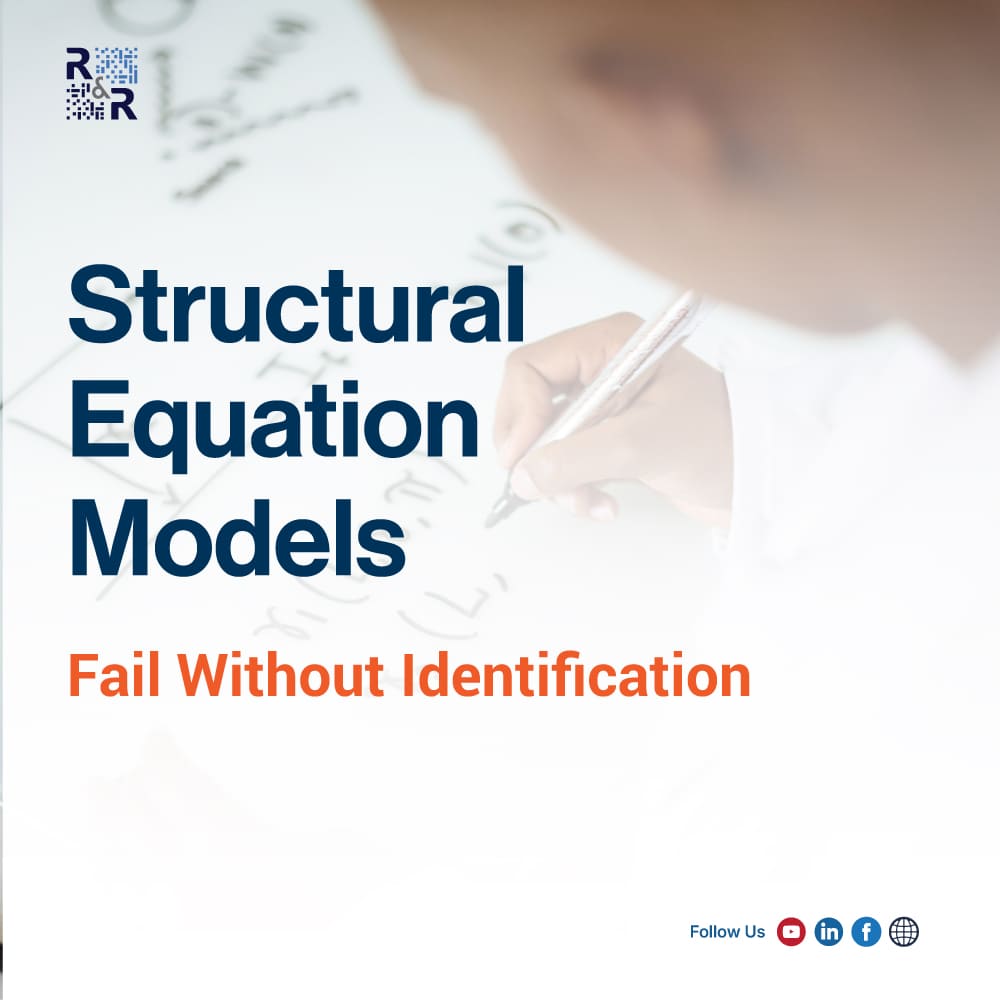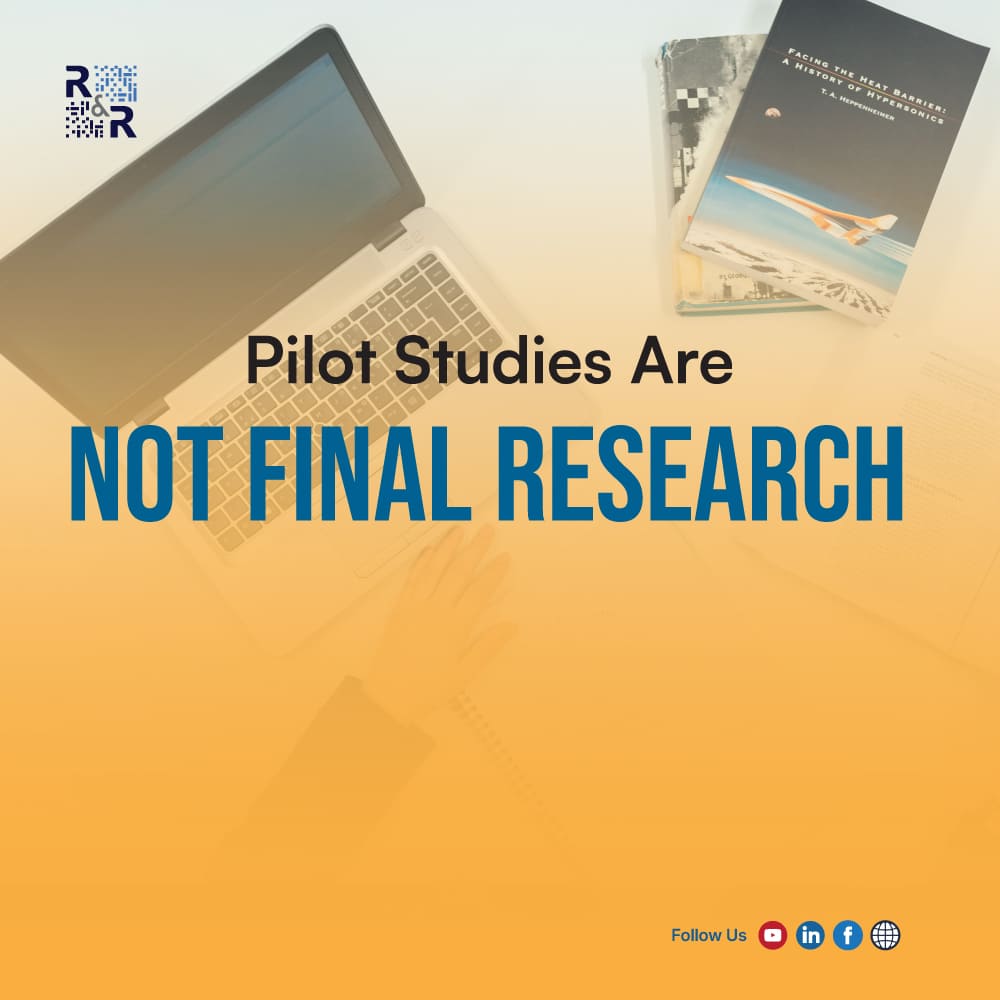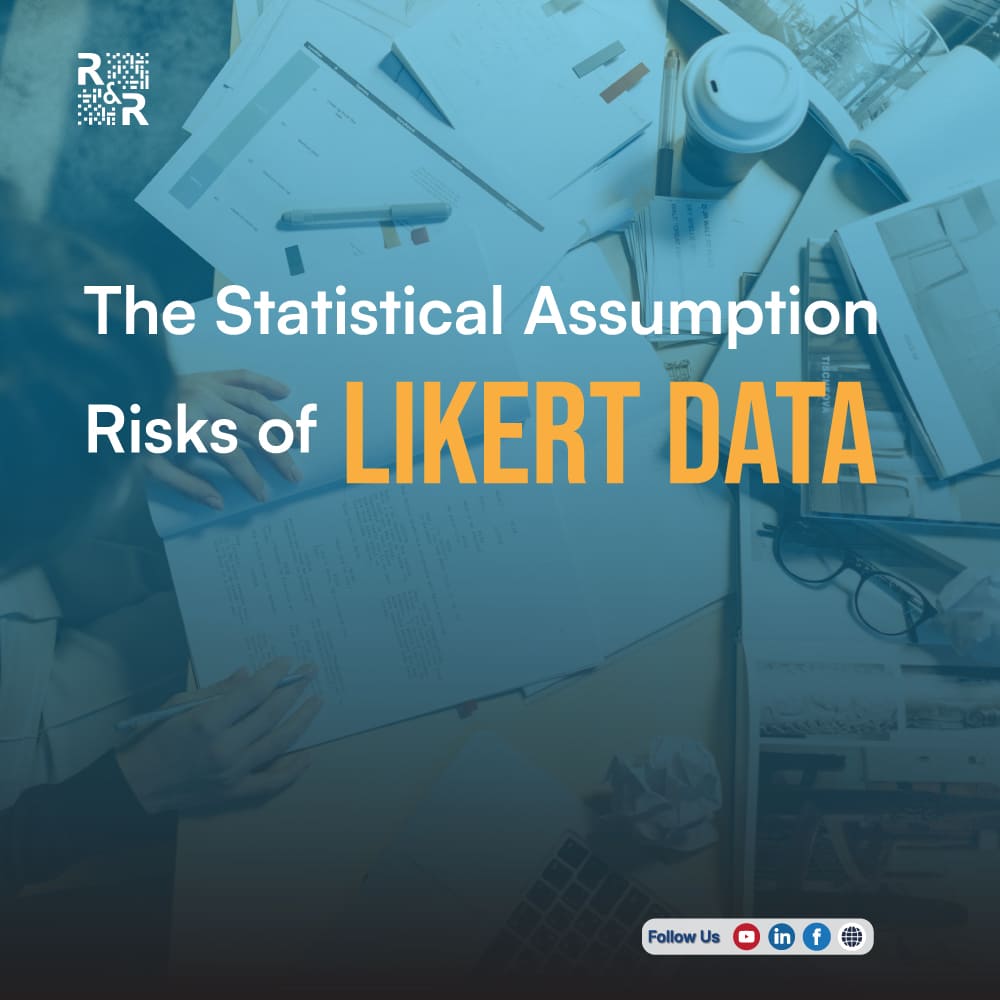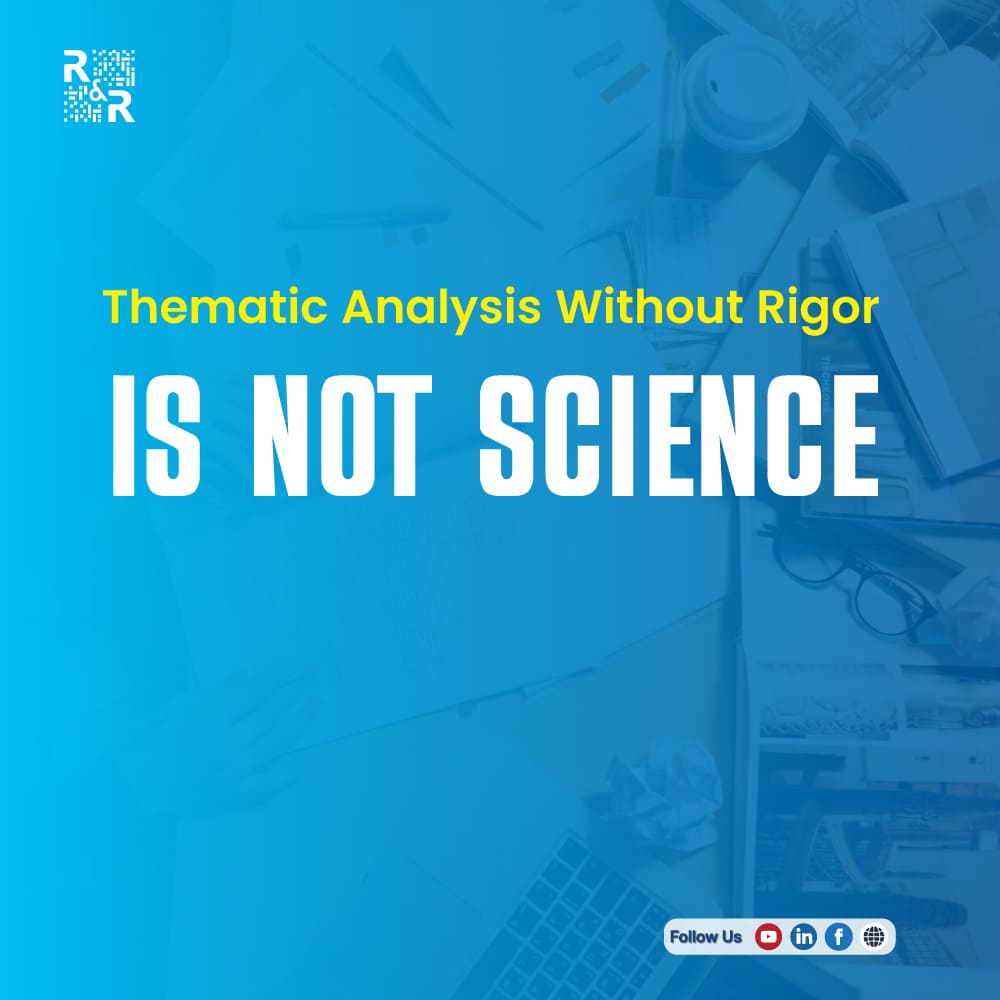Why Many Research Instruments Lack Face Validity—And How to Fix It
Face validity is the most intuitive—and often the most ignored—dimension of measurement quality. If respondents cannot immediately understand what a question measures, the resulting data become fragile, regardless of high Cronbach’s alpha, AVE, or composite reliability. Poor face validity leads to misinterpretation, satisficing, social desirability distortions, and ultimately flawed statistical conclusions. In reality, many survey … Read more

